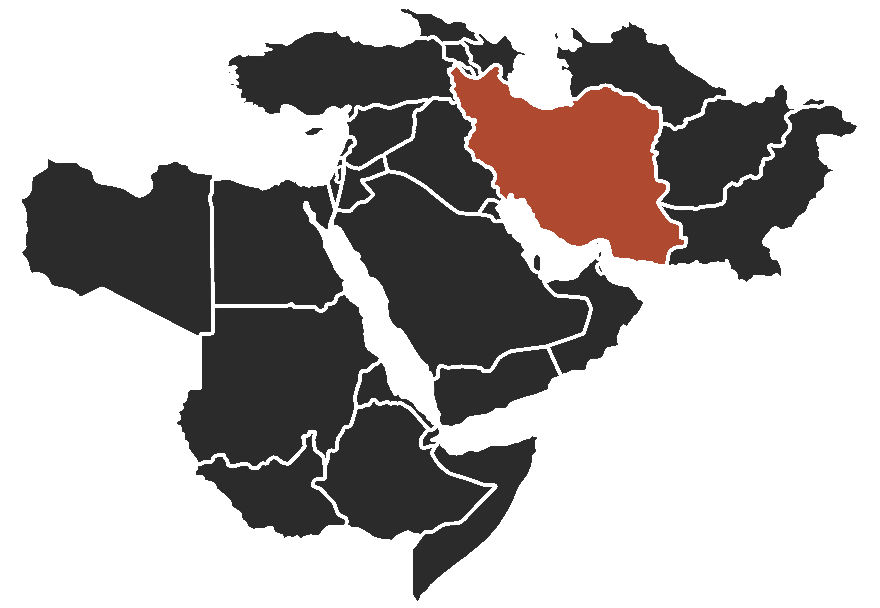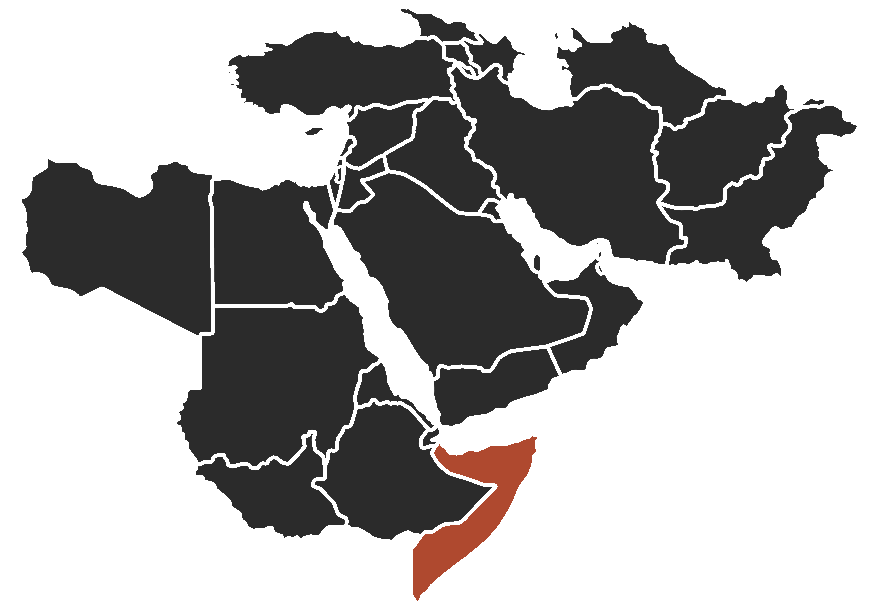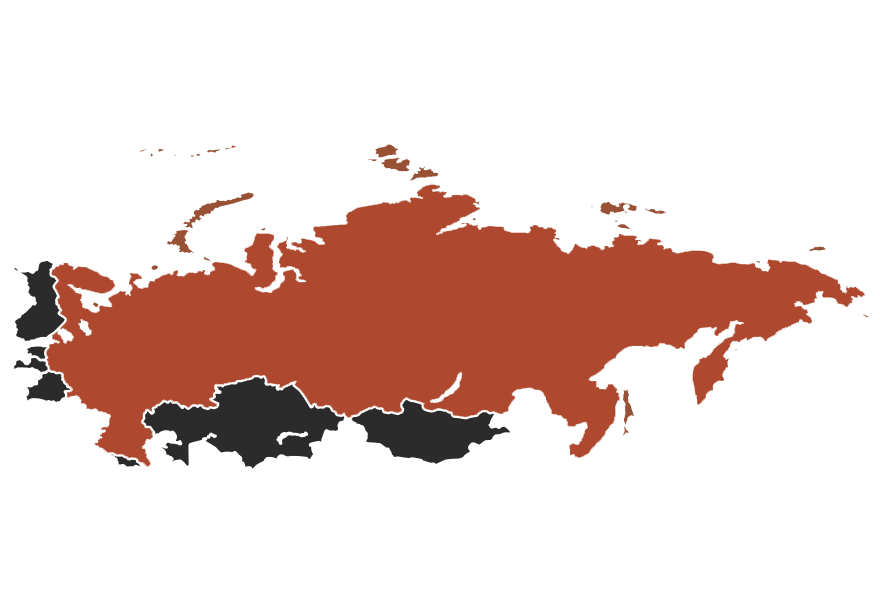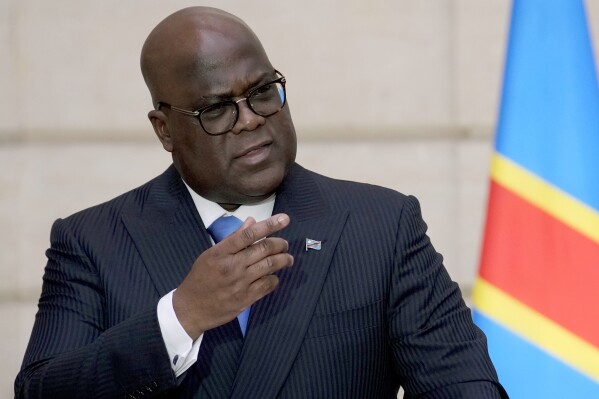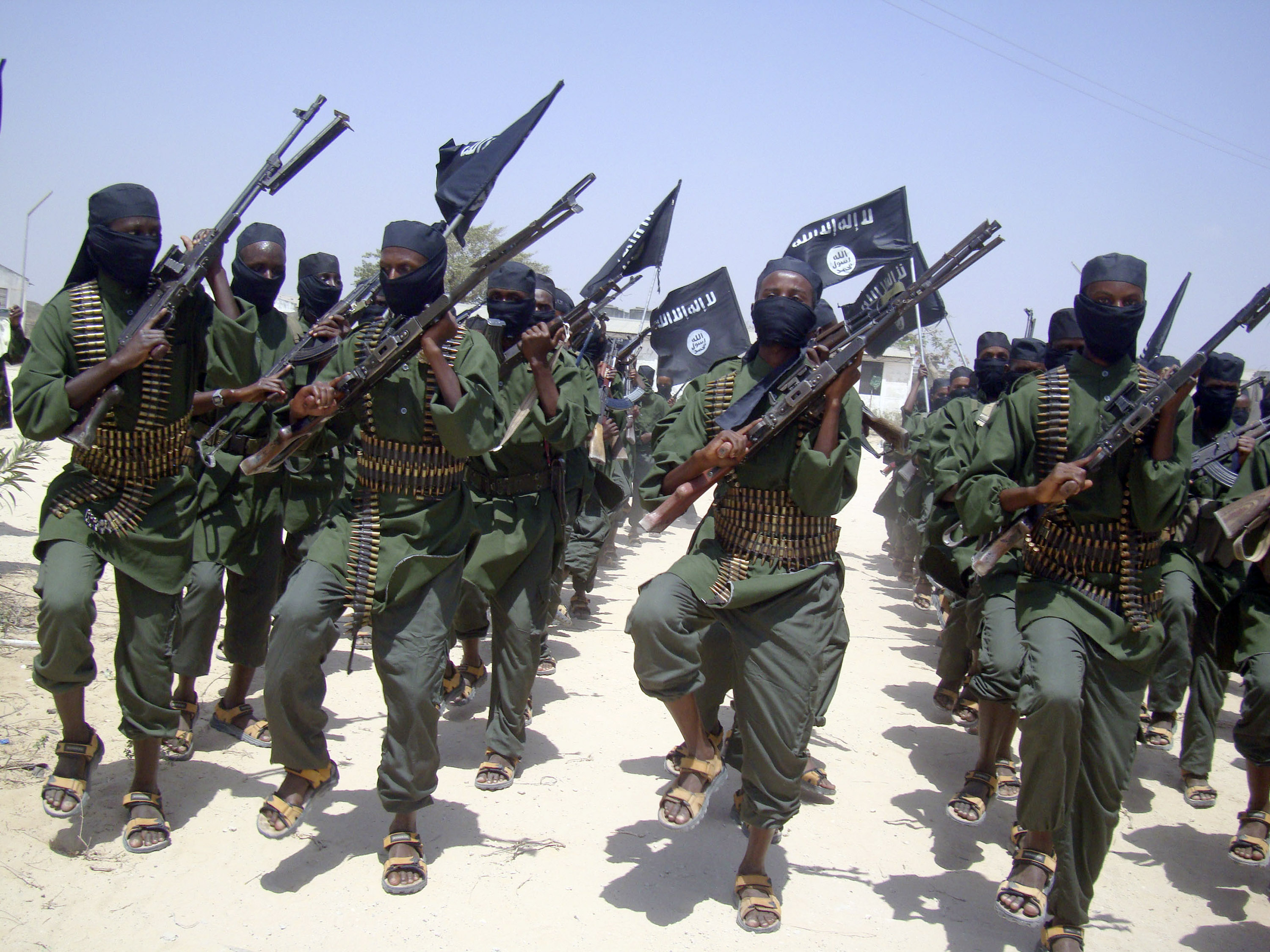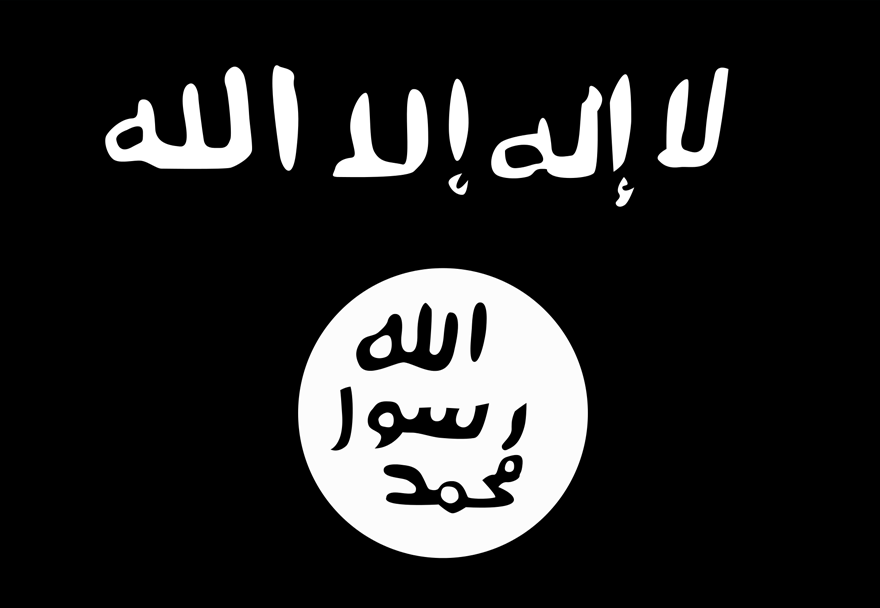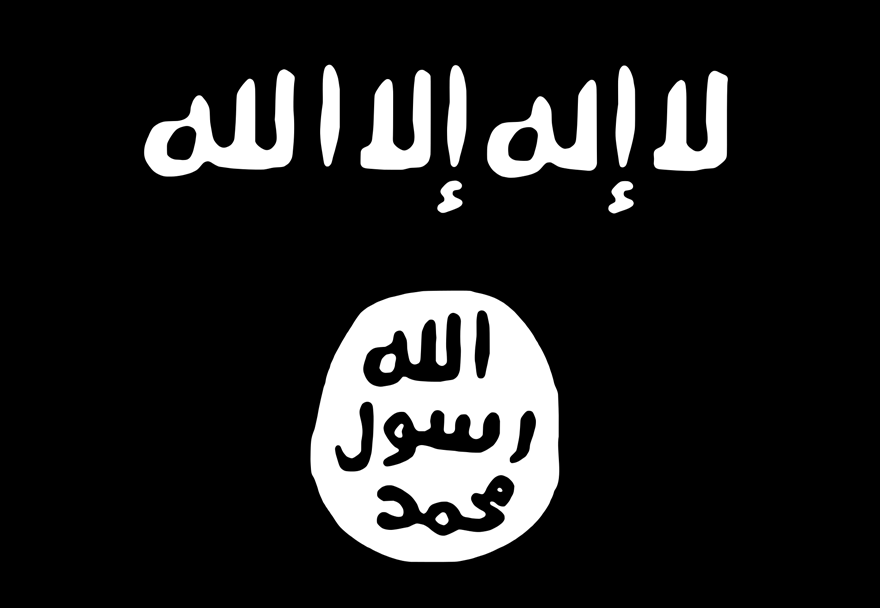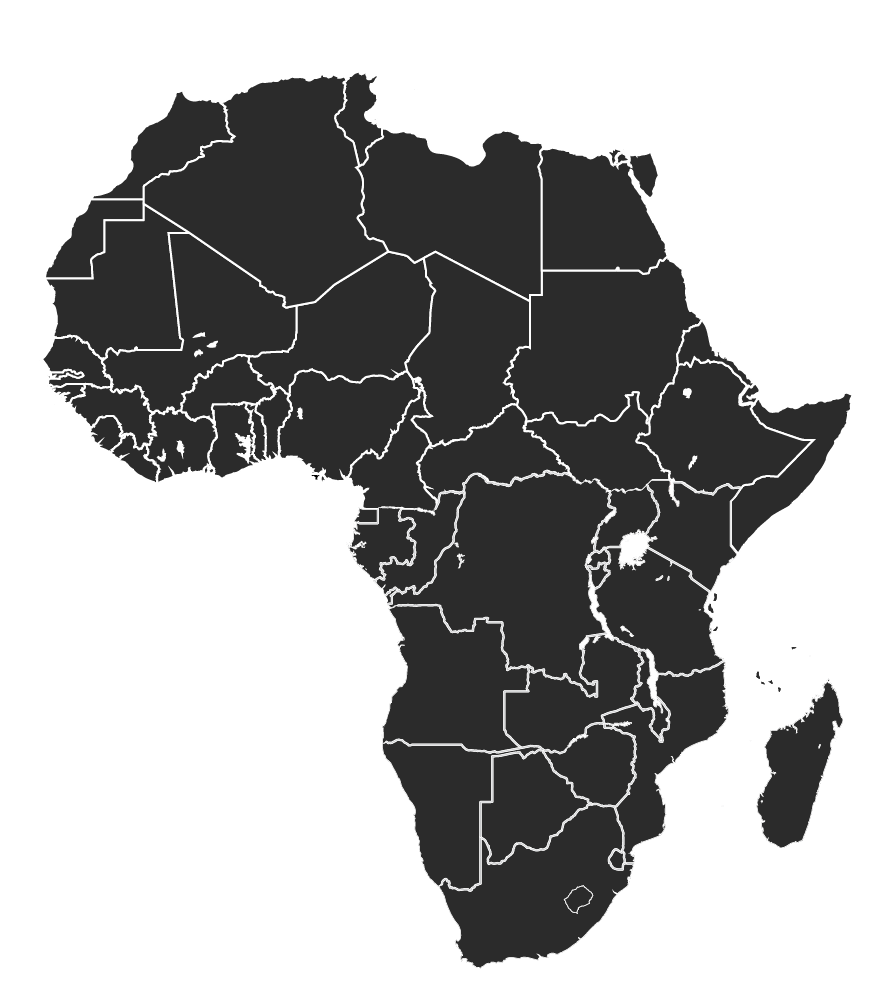The Critical Threats Project releases a weekly update and assessment on the al Qaeda network.
Key Takeaways:
- The members of al Qaeda’s affiliate network coordinate closely to produce strategic messaging. Al Qaeda in the Arabian Peninsula (AQAP) and al Qaeda in the Islamic Maghreb (AQIM) released a joint statement calling for attacks on Jews on July 16. The statement is a response to Israel’s temporary closure of al Aqsa Mosque on July 14 after three Arab Israeli gunmen killed two Israeli policemen in Jerusalem. AQAP and AQIM likely use secure communications or embedded personnel to rapidly coordinate messaging. [Read Katherine Zimmerman’s testimony before the House Homeland Security Subcommittee on Counterterrorism and Intelligence, “Al Qaeda’s Strengthening in the Shadows.”]
- Country-wide protests are challenging the Moroccan state. Protest movements are coalescing around shared grievances against Morocco’s security forces, as well as unemployment and underdevelopment. Organizers are planning a national protest for July 20. The protests’ focus on security forces, on which the state relies, signals a possible threat to King Mohammed VI’s power as he seeks to meet protesters’ demands after several failed attempts.
- The UN is pursuing a plan to transfer control of Yemen’s al Hudaydah port from the al Houthi-Saleh faction to a neutral party as a first step to resuming stalled ceasefire talks. Al Hudaydah is the al Houthi-Saleh faction’s only port. The UN effort, mediated by China, is intended to prevent a Saudi-led coalition offensive to seize al Hudaydah, which will have dire humanitarian consequences. The al Houthi-Saleh faction is unlikely to support the transfer of the port through the UN, which it sees as biased toward Saudi Arabia.
